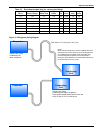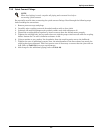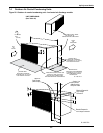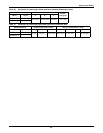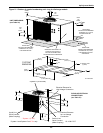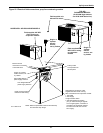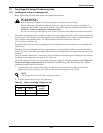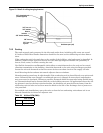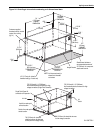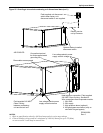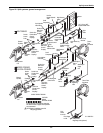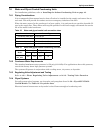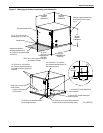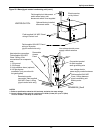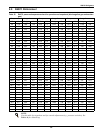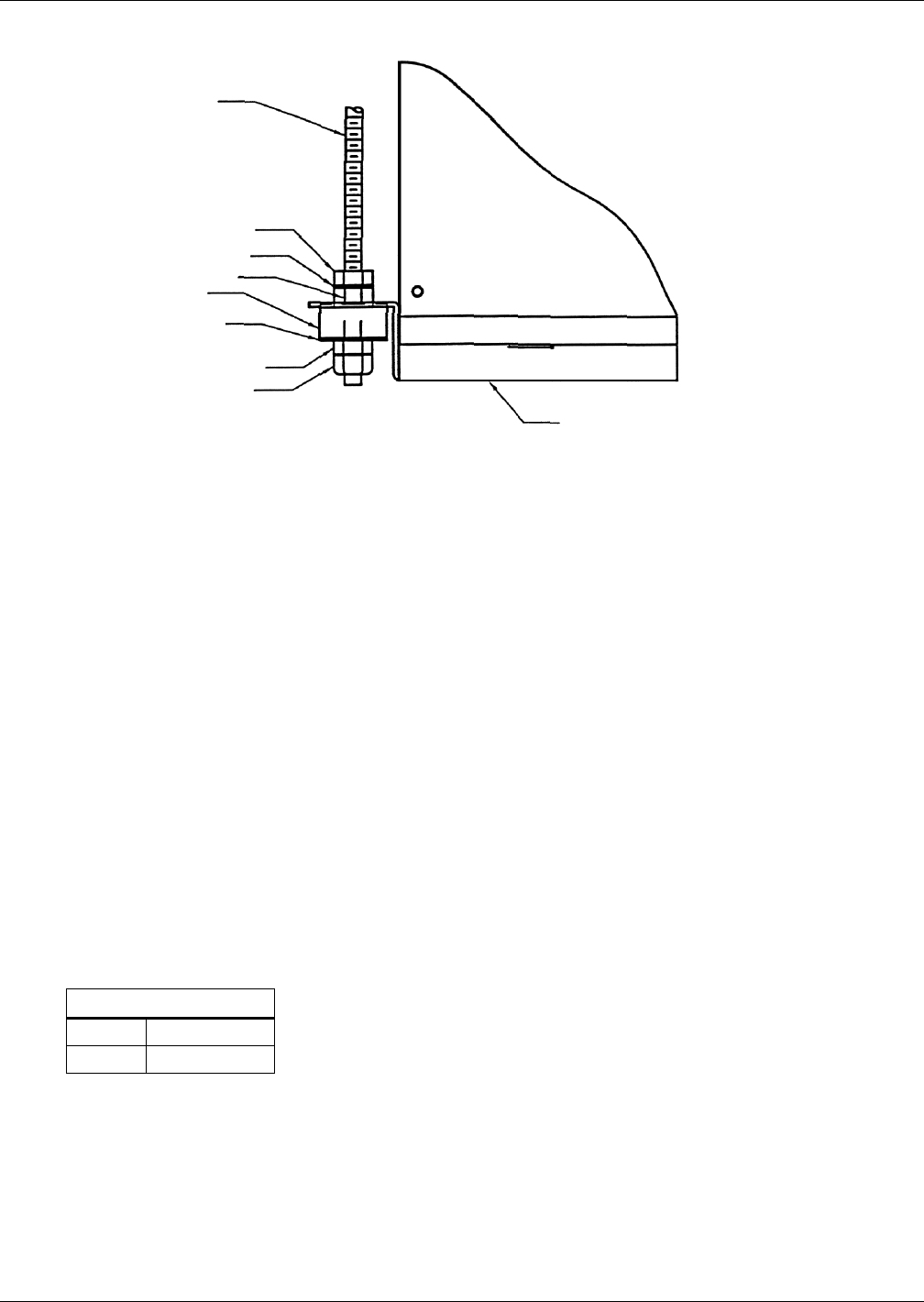
Split System Models
49
Figure 23 Detail of ceiling hanging bracket
7.5.2 Ducting
The total external static pressure for the inlet and outlet ducts, including grille, must not exceed
0.5 inches of H
2
O. Hood intake dimensions should be the same as the condensing unit duct dimen-
sions.
If the condensing unit is located close to the outside of the building, rain hoods must be installed. In
addition, install a triple layer bird screen over rain hood openings to eliminate the possibility of
insects, birds, water, or debris entering the unit.
Use flexible ductwork or nonflammable cloth collars to attach ductwork to the unit and to control
vibration transmission to the building. Attach the ductwork to the unit using the flanges provided.
Locate the unit and ductwork so that the return air does not short circuit to the supply air inlet.
Avoid directing the hot exhaust air toward adjacent doors or windows.
Normal operating sound may be objectionable if the condensing unit is placed directly over quiet work
areas. Ductwork that runs through a conditioned space or is exposed to areas where condensation
may occur must be insulated. Whenever possible, ductwork should be suspended using flexible hang-
ers. Ductwork should not be fastened directly to the building structure. In applications where the ceil-
ing plenum is used as the heat rejection domain, the discharge air must be directed away from the
condensing unit air inlet and a screen must be added to the end of the discharge duct to protect ser-
vice personnel.
For multiple unit installations, space the units so that the hot condensing unit exhaust air is not
directed toward the air inlet of an adjacent unit.
Table 29 Airflow CFM (CMH)
23 & 33 kW
60 Hz 3500 (5947)
50 Hz 3500 (5947)
3/8" threaded rod
(field-supplied)
3/8" hex nut
3/8" washer
Sleeve
Isolator
3/8" fender washer
3/8" hex nut
3/8" hex nut
Nylock
Unit base pan (ref)



